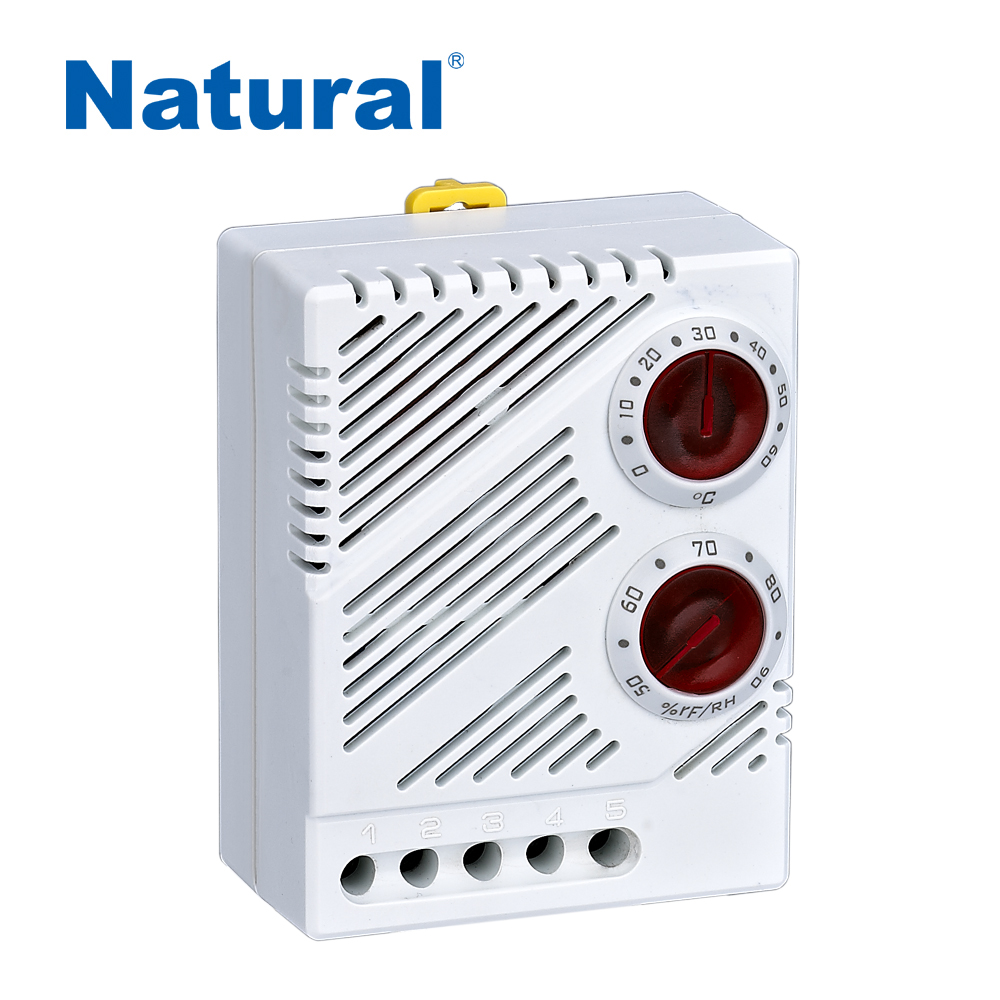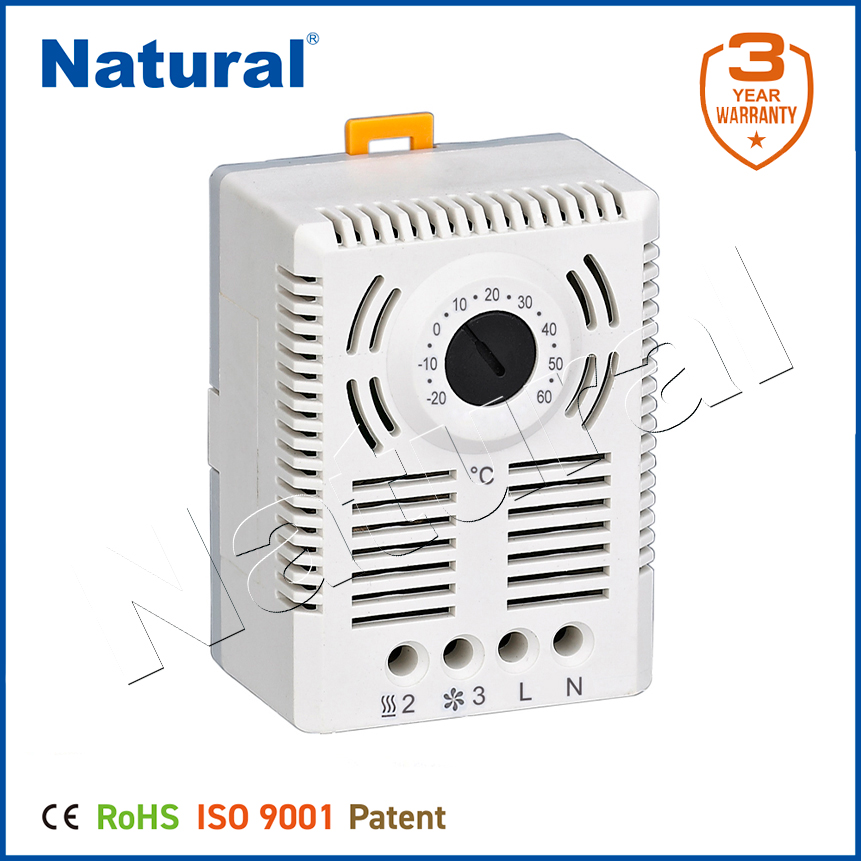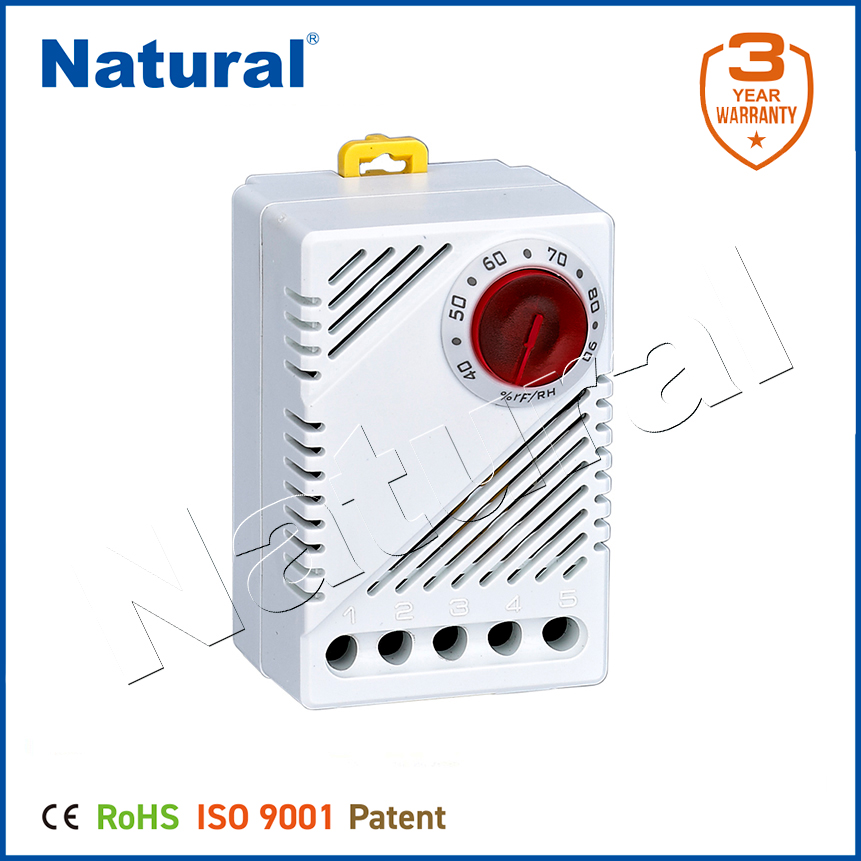In today’s rapidly advancing technological landscape, the demand for precise environmental control has surged across various sectors, from agriculture to industrial applications. One crucial device that addresses this need is the electronic hygrostat. This article will explore the function, importance, and applications of electronic hygrostats, highlighting their role in maintaining optimal humidity levels in various settings.

What is an Electronic Hygrostat?

An electronic hygrostat is a sophisticated device designed to monitor and regulate humidity levels in the air. It operates by measuring the relative humidity (RH) and automatically activating or deactivating connected equipment, such as dehumidifiers or humidifiers, to maintain a preset humidity level. Unlike traditional mechanical hygrostats, which often rely on bimetallic strips or hygroscopic materials, electronic hygrostats utilize digital sensors and microcontrollers, offering higher accuracy, responsiveness, and ease of use. How Does It Work? The core functionality of an electronic hygrostat lies in its ability to measure humidity levels accurately. It typically includes a humidity sensor that detects changes in moisture content in the air. Once the sensor reads the humidity level, it sends this data to the microcontroller, which compares it to the user-defined setpoint.
